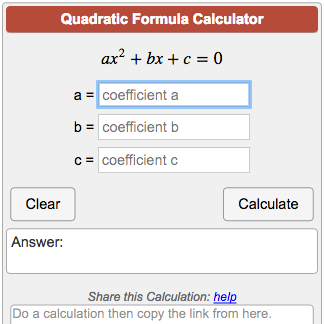According to a plan, a drilling team had to drill to a depth of 270 metres below the ground level. For the first three days the team drilled as per the plan. However, subsequently finding that their resources were getting underutilised according to the plan, it started to drill 8 metres more than the plan every day. Therefore, a day before the planned date they had drilled to a depth of 280 metres. The metres of drilling plan for each day was
(x metres * 3) + (x+ 8) metres * Rest of days = 280
3 + Rest of days = Planned Date -1 (total work is finished before one day of planned date)
What if everything was going according to the plan , x metres per day * Planned days = 270 metres
planned days = 270 / x
Then , (3 + Rest of days) x = 270 -x
=> x= (270 - Rest of Days * x ) / 4
Any hint further?
(x metres * 3) + (x+ 8) metres * Rest of days = 280
3 + Rest of days = Planned Date -1 (total work is finished before one day of planned date)
What if everything was going according to the plan , x metres per day * Planned days = 270 metres
planned days = 270 / x
Then , (3 + Rest of days) x = 270 -x
=> x= (270 - Rest of Days * x ) / 4
Any hint further?

